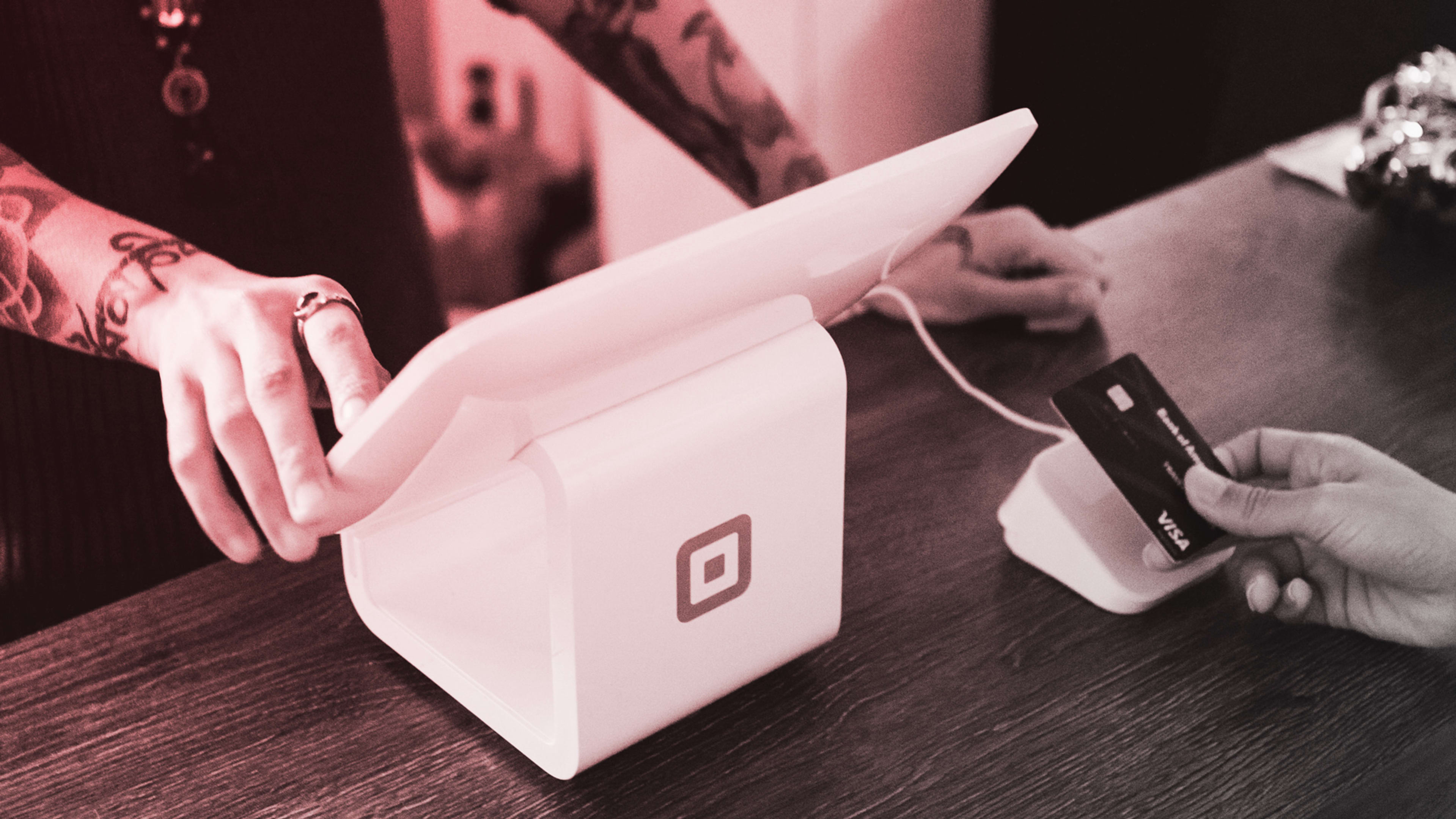As Americans wait for Congress to approve a new round of direct payments for coronavirus relief, researchers continue to study how consumers are benefiting from the stimulus checks they’ve already received.
The answer, of course, depends on how well-off they were in the first place.
The Center for the New Middle Class, a research group from Elevate Credit, has been conducting regular surveys on this topic. It breaks out the results based on whether consumers are prime (credit scores above 700) or non-prime (credit scores below 700). Consumers in the non-prime group typically have limited savings in the bank—or no saving at all—and even before the pandemic, they were often living paycheck to paycheck. The center estimates that 160 million Americans fall into this group.
When asked how they planned to spend the latest stimulus check that was authorized in December, non-prime consumers indicated different priorities from the prime group. The most notable difference was that only 25% of non-prime consumers said they planned to save the money, versus 46% of prime consumers. This is consistent with previous research from the Kellogg School of Management at Northwestern University, which found that people with over $3,000 in their bank accounts tended to not spend their stimulus checks.
The results underscore the urgent need for more direct payments, particularly for Americans whose resources are already stretched to the breaking point. Consumers are definitely not spending their stimulus money on frivolous activities. Among the top 10 things that people said they would spend their money on, all were pretty much basic necessities, according to the center’s survey. Here’s how the results shook out:
- Savings 36% (Non-Prime: 25%, Prime: 46%)
- Groceries 34% (Non-Prime: 41%, Prime: 28%)
- Mortgage/Rent 26% (Non-Prime: 31%, Prime: 21%)
- Credit Card Debt 24% (Non-Prime: 25%, Prime: 23%)
- Utilities 23% (Non-Prime: 32%, Prime: 15%)
- Internet 18% (Non-Prime: 18%, Prime: 18%)
- Phone/Wireless 16% (Non-Prime: 17%, Prime: 15%)
- Fuel for Vehicle 16% (Non-Prime: 21%, Prime: 11%)
- Auto Loan Payment 13% (Non-Prime: 12%, Prime: 14%)
- Cable/Satellite TV 11% (Non-Prime: 11%, Prime: 11%)
Other less common items included home improvement, routine medical care, and furniture. Only about 6% of consumers said they’d spend their stimulus checks on dining out, But then, restaurants are in dire need of stimulus, too.
The Center for the New Middle Class says its surveys are ongoing. Data from the most recent stimulus check is from a small sample size of only about 200 consumers, which will grow as more consumers weigh in. But so far the data is not wildly different from what consumers said during the first round of checks.
Recognize your brand’s excellence by applying to this year’s Brands That Matter Awards before the early-rate deadline, May 3.
